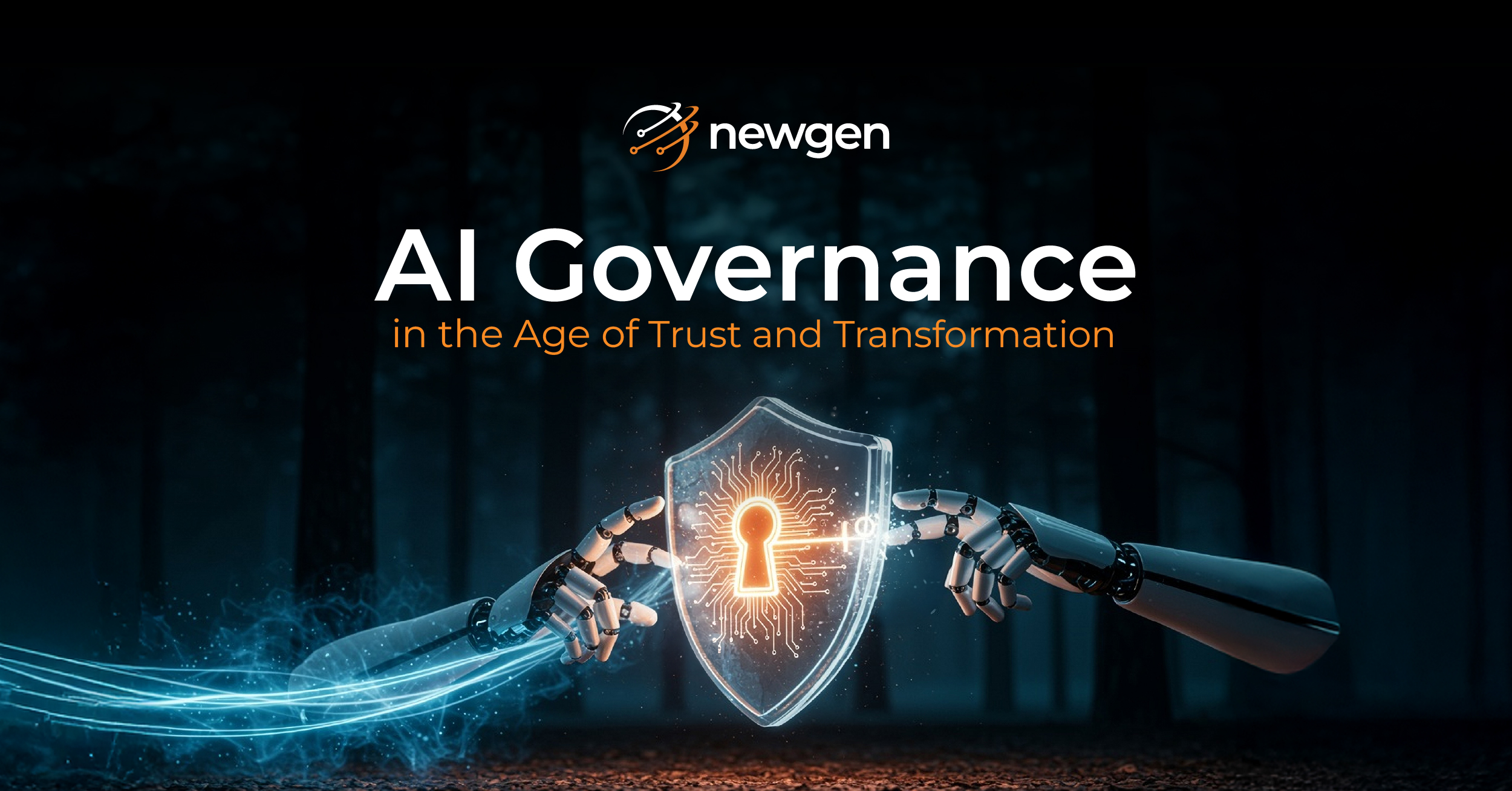Customer Service Request Management (CSRM) refers to the managing the entire lifecycle of activities linked to the fulfillment of a Service Requests made by customers and other stakeholders.
Service Requests generally involve:
- A query for example, on requested logs and actions, request for information about products or services etc
- a request for specific services for example, account maintenance activities such as change of address, request for new cheque book, request for invoice copy, balance transfer request, insurance premium refund request)
A service request typically goes through the following process for fulfillment:
- Customers get in touch with the enterprise’s help desk to log their request; typically it is done over a phone call. Alternately he may choose to contact via Email, or log the request from Portal. Off late, social media platforms are also being extensively used for his purpose
- The helpdesk/front desk person interfaces with the customer. They verify relevant details and document the request being made. If they can address the issue then and there, they do so and close the request
- In a situation where the action has to be initiated and executed by another department the help desk logs the request and passes it on to the pertinent department
- The concerned servicing department then acts on the request, performing offline activities for fulfillment
- They may then close the request or pass it on to helpdesk to verify with the customer and close the issue, as per company rules
- Additionally, there may be a 3rd party involvement in fulfillment as well
- This entire activity has to be performed within a defined SLA timeline as per company policy and promised to the customer. Any delay in action can result in escalations and aggravated customers
The Challenges
The real challenges in managing service requests can be broadly classified as:
- Managing the diverse channels and multiple touch points through which customers connect to log on service requests
- Unifying all customer information in one place as per need, ensuring faster responses and enabling customer satisfaction
- Ensuring straight through processing of requests, irrespective of the complexity level of process involved for a request’s fulfillment, while maintaining SLA timelines linked to request.
- Maintaining transparency throughout the process, to ensure that customers and the resource interacting with the customer has complete visibility into the activities being performed for fulfillment and state of completion
- Maintaining repositories for accessing help documents to aid in faster resolution
- Keeping flexibility in the supporting IT system to allow fast addition of new service requests and implementation of linked process flows, since organizations grow and introduce new products and services constantly
Improving Customer Service Process with Agile IT systems
Organizations face the above challenges constantly, despite utilizing a plethora of IT systems for managing customer transactions and customer information. Organizations can overcome these problems by using framework solutions for managing customer service requests that provide the best of both worlds for service request management. For instance,
- BPM based customer service solutions can provide all necessary features for managing service tickets.
- The Solution accelerators provide readymade adapters for managing requests flowing in from multiple channels. The framework provides capability to expand to new channels as the organization needs, while maintaining their current investments in customer service
- With inbuilt capability of managing complex workflows, the complicated scenarios pertaining to processing certain kinds of requests can be mapped in the solution much better owing to the core BPM capabilities
- Integrations through Web Services, API, Messaging services provide capability to bring all customer information in one place on demand
- The performance of users and request fulfillment processes can be monitored using analytics capabilities, providing tailored reports for the organization about user work load statistics, channel load statistics, TAT reports, delayed processing reports, escalation reports, department wise processing reports, etc.
- Integrate Business Rule Engines to configure cross sell up sell rules and provide suggestions to front desk based on customer information obtained from core systems
- The BPM based service request management solutions are built for change, so implementing client requirements tailored to the organizational setup is easier and can ensure faster implementation timelines
- New process flows can be initiated faster, allowing for agile IT systems allowing for organic growth within the enterprise and ensuring consistent delivery of services
You might be interested in




